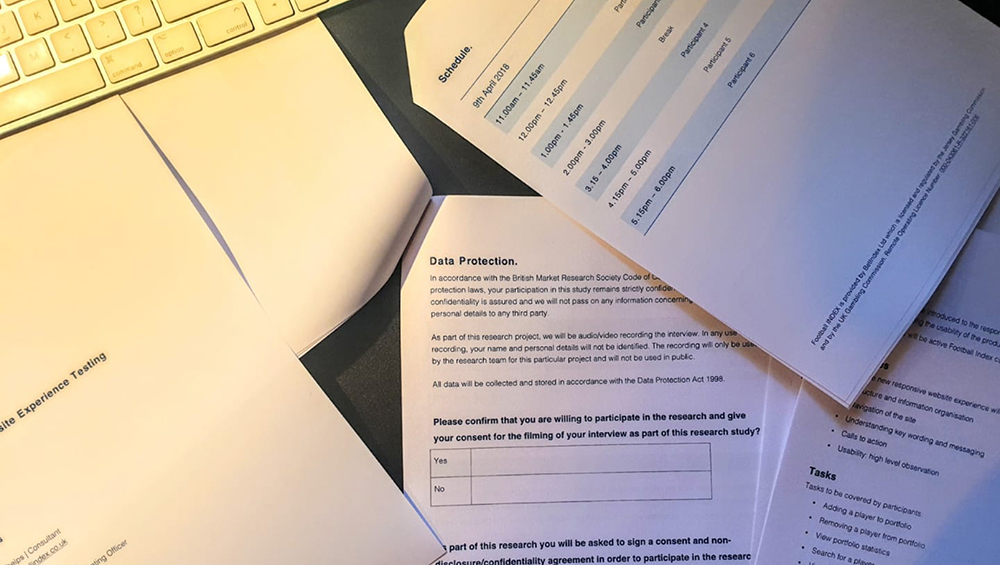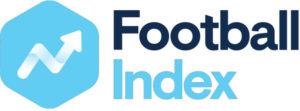
Football Index was a innovative betting start-up, aiming to pioneer as the premier live sports trading platform, holding multiple gaming licences.
They possessed a collection of iOS and Android applications and a static website, each crafted by distinct design groups, each bringing unique perspectives, visions, and functionalities.
The engagement involved elevating user experiences for customer across all touchpoints, boosting uniformity and productivity whilst conceptualising a tradable order book. This pivotal feature anticipates a future business model, empowering customers to trade amongst themselves, balancing potential financial hazards with augmented platform liquidity. Think of it like a Betfair odds exchange fused with the sophistication of a crypto trading platform.
Crucial Note: In line with my confidentiality agreement, I’ve excluded and disguised sensitive details within this case study. All content herein is based on my personal insights and doesn’t necessarily represent the perspectives of Football INDEX.
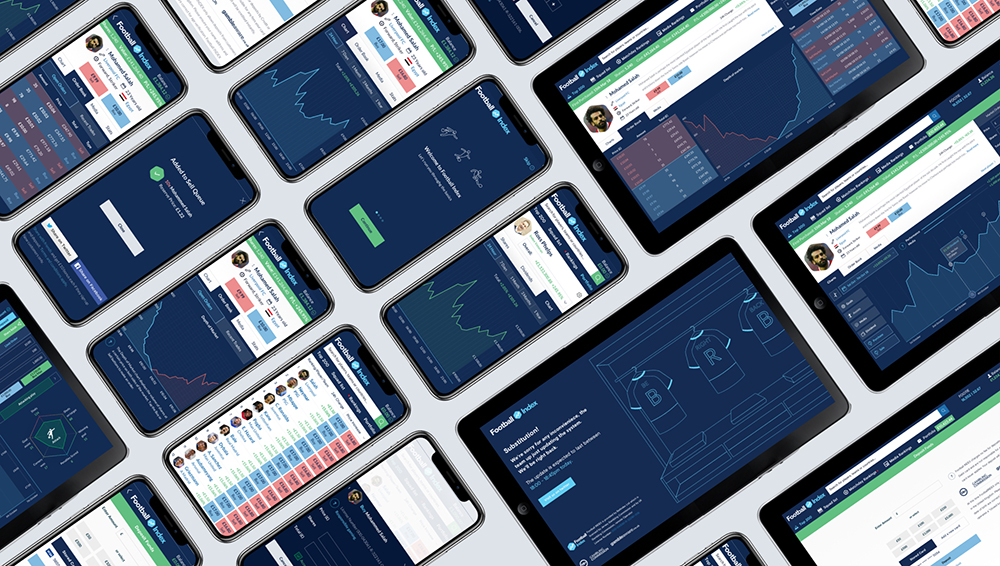
Football INDEX was a trading platform with over 300,000 active participants. Many of these enthusiasts, leveraging their football knowledge, have found success in this dynamic marketplace featuring the world’s elite football talents.
In a single transaction, traders could acquire up to 300 shares at the buying price and offload up to 300 shares at the selling price. While the objective is to outsmart the spread, traders retain the flexibility to liquidate their shares promptly, if needed, at a fee of 2% on the entire transaction.
The mechanics of this marketplace mirror any other: prices pivot on the equilibrium of supply and demand. As purchases elevate prices, sales depress them. The fundamental strategy? Capital appreciation — buy at a trough and sell at a peak.
Traders could easily monitor their acquired shares within their tailored portfolio, assessing their stance and strategising their next move. Football giants like Neymar and Messi, among others, have historically delivered substantial returns. Investing in shares is essentially a long-term wager on a player’s prospective performance.
Additionally, traders can augment their returns via dividends—a daily payout on recently acquired players (within the last 30 days) grounded in their on-field exploits or media buzz. Those who dominate daily media narratives, sourced from 25 prominent UK publishers, are rewarded with media dividends.
I began my consultancy with Football INDEX in May 2018. My primary responsibility was to lead Design Operations and establish a product-focused, user-centric design methodology within an agile development framework, aiming for quantifiable product enhancements.
I took under my wing a trio of designers, a product owner, and a full-stack software development team, all reporting to a CTO. My role was directly answerable to both the COO and CEO.
My role was largely hands-on. A fundamental challenge was creating an efficient UX department in the business. This also entailed coaching the team in the essentials of design thinking.

Product and Operations

Graphic Designer

Graphic Designers

UI Designer
Football INDEX sought to elevate their offering by introducing a tradable order book, facilitating share exchanges amongst Traders. With this ambition, I led a comprehensive redesign of the iOS and Android native apps. The primary hurdle was distilling the target audience for the product and defining tangible metrics for success. My strategy prioritised research, harmonising product vision with a developmental trajectory, and aiding in establishing a pragmatic timeline at the executive tier.
The initial task was to transform a static, legacy infrastructure into a dynamic, responsive variant with a significantly enhanced user interface, primed for the integration of the exchange feature. This responsive and native experience would, in due course, supersede both app versions, providing a unified Football INDEX experience by traders.
An exchange serves as a marketplace where two entities swap services, such as cash for an asset or one wager against another. While platforms like eBay or Gumtree exemplify exchanges, the key takeaway is that exchanges facilitate transfer agreements between two parties, regardless of their familiarity with one another.
In essence, the Football INDEX platform functions as an exchange. Here, when a Trader possesses shares in a player, other Traders can directly purchase from them using the sell order queue, eliminating the need for intermediaries.
Football INDEX was navigating the complexities of a formal exchange application, with features providing users the capability to modify, withdraw, or reposition an order within the order book.
Distinct differences exist between financial and betting exchanges, presenting the primary challenge. It was imperative to help betting customers grasp the concept by employing simplification of precise indicators typically used in the financial sector. While traditional financial exchanges rely on third-party clearers and brokers for public access, Football INDEX intended to harness NASDAQ’s infrastructure to streamline this.
To cater to the conventional betting audience, this intricate system would undergo simplification based on comprehensive user research.
I facilitated a series of co-design workshops within Football INDEX to pinpoint any prevalent stakeholder biases about the platform, its branding, the profile of Traders, and their driving factors. This initiative encompassed teams from marketing, customer service, and the executive board, each holding distinct viewpoints and interactions with customers.
Attendees were encouraged to document their perceptions of their users, their motivations behind using the product, and the perceived challenges faced by Traders.
The results from each session painted a vivid picture of internal biases. These became focal points to validate or challenge through both quantitative and qualitative research. Notably, the differing responses across teams underscored a company-wide need to bolster internal communication and consistently gather feedback from Traders. The insights gathered played a pivotal role in shaping the prioritisation of upcoming features to be integrated into the new platform.
Football INDEX had a predefined persona of who they believed their Traders are, produced by an agency who were only looking for one type of user. I hypothesised there were many more in the system from a biased perspective I believed 30,000 active users would never fit into a single mindset.
The approach taken was to combine different research methods in order to get the complete picture and understand exactly what Traders do in context. Using the output from the workshops I was able to validate a card sorting exercise with quantitative data points evidenced through business intelligence reports.
The study gave me an outline of the archetypal Traders who use the platform which in turn would help recruit participants for an observational study. I also produced a wide-reaching behavioural insights survey and scripts to be delivered by the customer service teams, capturing pain points.
The archetype personas delivered are based on thousands of real people who use Football INDEX and focus on what they do, how they do it and why. The output of the study reflects a true segmentation of 4 user types who don’t make rational choices and are influenced by their environment, social standing, and an array of cognitive biases. Behaviours were then applied to use-cases, ensuring the design process catered for everybody who uses the platform, and their goals.
The observational process, carried out through diary studies, tracked the behaviours and emotional responses of participants who matched specific archetypal personas. This approach enabled my team to delve deep into the complete end-to-end user experience, from the awareness of the platform, first deposit all the way through to the eventual withdrawal of funds.
These studies offered valuable insights into the broader behavioural patterns, helped refine Trader personas, and enhanced the core product. Interaction methods were streamlined and intuitive for both participants and the team. We favoured a straightforward approach for Trader diary entries, using a designated mobile for texts and a specific email address for correspondence.
I provided participants with essential contact dates and follow-ups, along with sample entries to serve as a best practice. These entries clearly outlined the minimum expectations and needs of customers.
During usability testing of the current state, cognitive walkthrough were conducted to better understand the features that Traders greatly appreciate and those they strongly dislike, assisting them in achieving their personal objectives.
Utilising a combination of diary studies and lab-based insights, Trader behavioural patterns were analysed and confirmed. This was done in conjunction with digital analytics from the data platform to construct a comprehensive behavioural profile and establish persona archetypes.
Drawing from customer insights, I evidenced that Traders were comfortable with and appreciated the existing interaction for buying and selling shares. They were keen on retaining these functionalities, especially in light of introducing an order book. Armed with this feedback, I prioritised designing wireframes with a mobile-first approach, given that 80% of Traders utilise the native app. The findings also revealed a demand for enhanced statistics and superior charts for each asset on the platform, as well as a comprehensive view of their profit and loss. Given the scarcity of data points within the API, these features were channelled into the development pipeline for near-term execution.
In designing the exchange, I collaborated closely with specialist consultants brought in-house, ensuring the wireframes mirrored elements from other successful financial exchange apps, thereby outlining a minimum viable product. The goal was to streamline typically complex financial interfaces for the conventional betting enthusiast. Essential navigation cues and an accessible help button were integrated into every screen of the app to guide Traders.
I adopted a responsive design methodology, allowing for rigorous testing of designs prior to integrating them into agile development squads. The wireframes’ information architecture was shaped through card sorting exercises with customers. Such data pinpointed pivotal features and user journeys from the legacy systems, encompassing search capabilities. These were seamlessly transitioned to the wireframes, as stakeholders were apprehensive about compromising conversion metrics. Refinements would be undertaken in subsequent phases of the product’s evolution.
The wireframes, rendered in low fidelity, were crafted using Sketch.
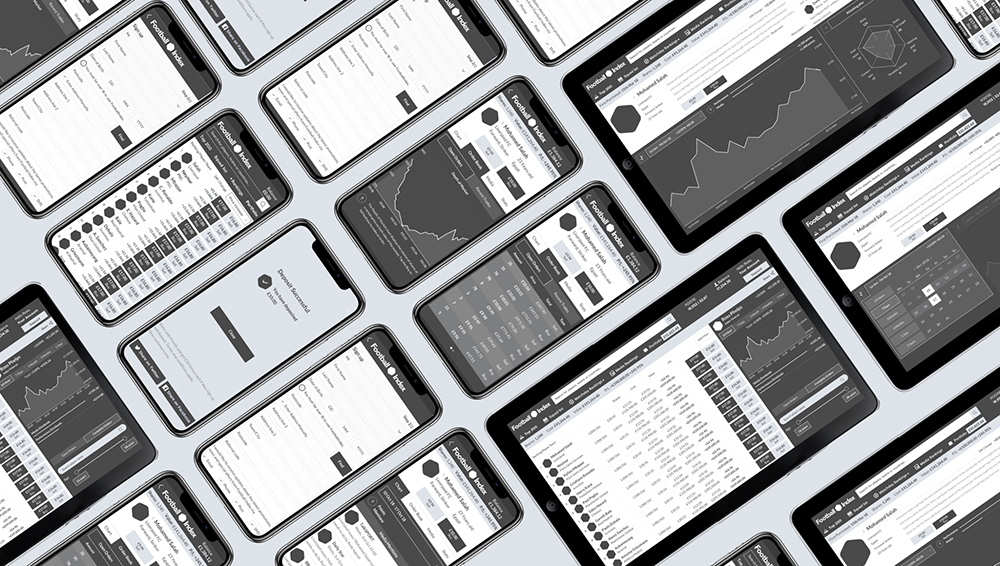
From the outset of the project, Football INDEX embarked on crafting a refreshed brand identity. The directive was clear: the brand should be flexible enough to evolve and adapt seamlessly within the product’s UI, ensuring consistency and fostering trust within the trading community. Achieving this consistency across all platforms necessitated the development of a bespoke UI kit, laying the foundation for a distinctive visual language that bolsters user familiarity.
Uniformity was introduced to buttons throughout the app, ensuring they met native application design benchmarks, thus establishing a clear visual hierarchy in line with the chosen design pattern. Colours played a pivotal role in signalling success and setbacks. While there was initial hesitation from stakeholders about using the colour red, this choice underwent rigorous testing with customers to eliminate any potential bias.
The UI now boasted a visual feedback mechanism for notifications, and the colours selected meet visual contrast standards, ensuring complete accessibility. Furthermore, the platform’s charts have been rejuvenated, minimising dead space adjacent to the trend line and introducing a fresh colour palette.
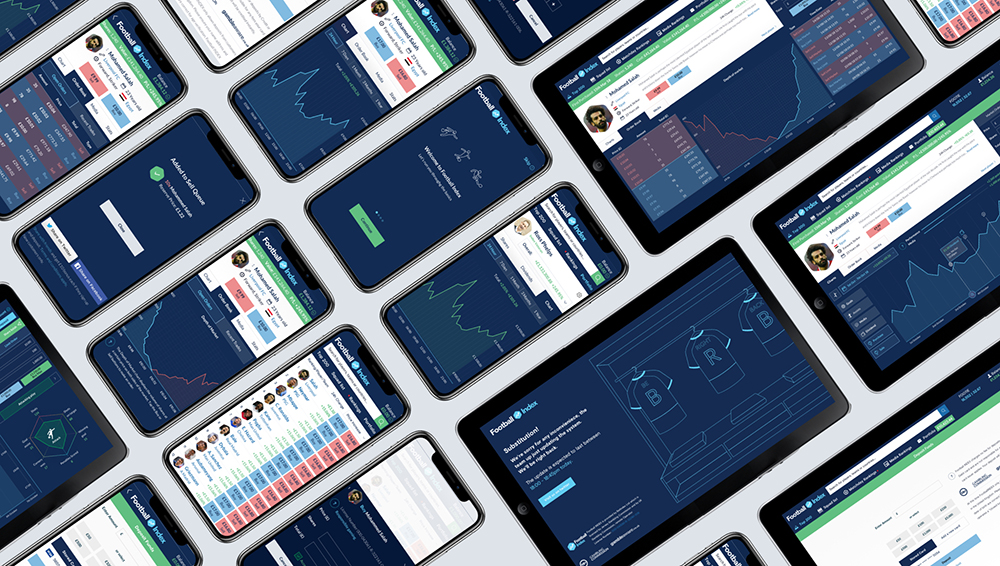
I crafted interactive prototypes to gather feedback from both stakeholders and customers. Utilising InVision, I developed clickable prototypes, whilst a more comprehensive solution was devised in Axure RP. This advanced prototype incorporated smooth animations, transitions, and feedback mechanisms, all underpinned by variables to simulate a complete and user-friendly experience.
Drawing on the persona profiles established from earlier customer research, I engaged Traders as well as prospects to participate in contextual testing environments such as, pubs and living rooms, closely mirroring the genuine experience of using the app to evaluate it’s performance under various lighting conditions, ambient noise, and other environmental factors.
The product has now been rolled out in its beta version.
